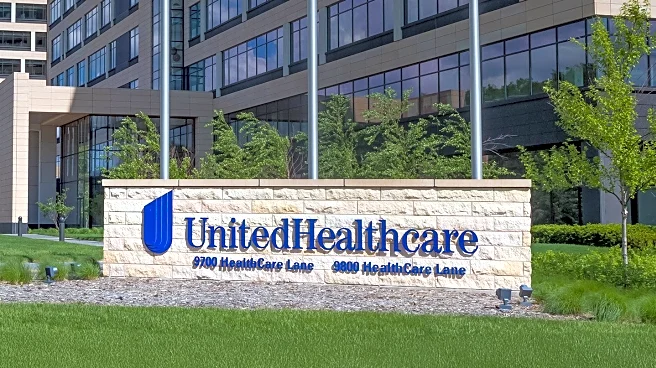What's Happening?
Healthcare organizations are increasingly adopting proactive auditing strategies to address the growing scrutiny from payers and regulatory bodies. Traditional retrospective audits, which occur after claims
are submitted, are proving insufficient in preventing financial losses due to denials and compliance penalties. The American Hospital Association reports that over half of U.S. hospitals ended 2023 with unsustainable margins, highlighting the need for more effective compliance programs. Proactive auditing allows healthcare systems to identify and address issues before claims are submitted, reducing the risk of denials and improving financial viability. Automation and advanced analytics play a crucial role in this shift, enabling organizations to streamline processes and focus on high-priority risks.
Why It's Important?
The shift towards proactive auditing is crucial for healthcare systems facing increased financial pressure due to payer scrutiny and regulatory complexity. By adopting proactive compliance strategies, organizations can prevent revenue leakage and ensure sustainability. Automation and analytics reduce human error, a leading cause of denials, and provide visibility into denial trends and audit outcomes. This approach aligns with evolving regulatory expectations and supports operational efficiency. As healthcare systems integrate proactive auditing into their revenue cycle operations, they are better positioned to meet regulatory demands and maintain financial health.
What's Next?
Healthcare organizations are expected to continue integrating proactive auditing strategies into their operations, leveraging automation and analytics to enhance compliance efforts. This shift will likely lead to improved financial outcomes and reduced compliance risks. As the industry adapts to these changes, organizations may face challenges in implementing new technologies and processes, requiring ongoing investment in staff training and system upgrades. The focus on proactive auditing is anticipated to drive innovation in compliance programs, with potential implications for regulatory policies and payer relationships.











